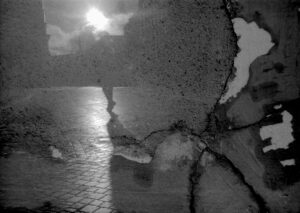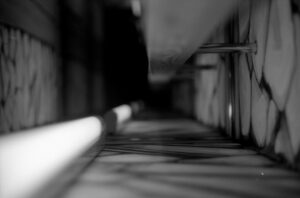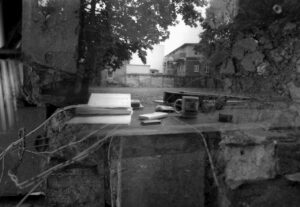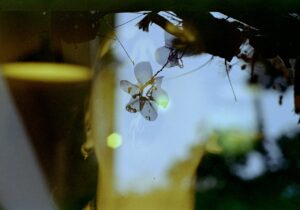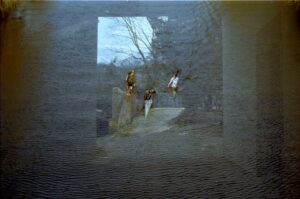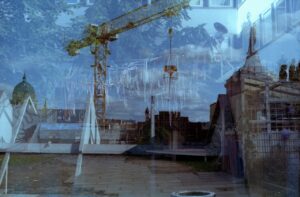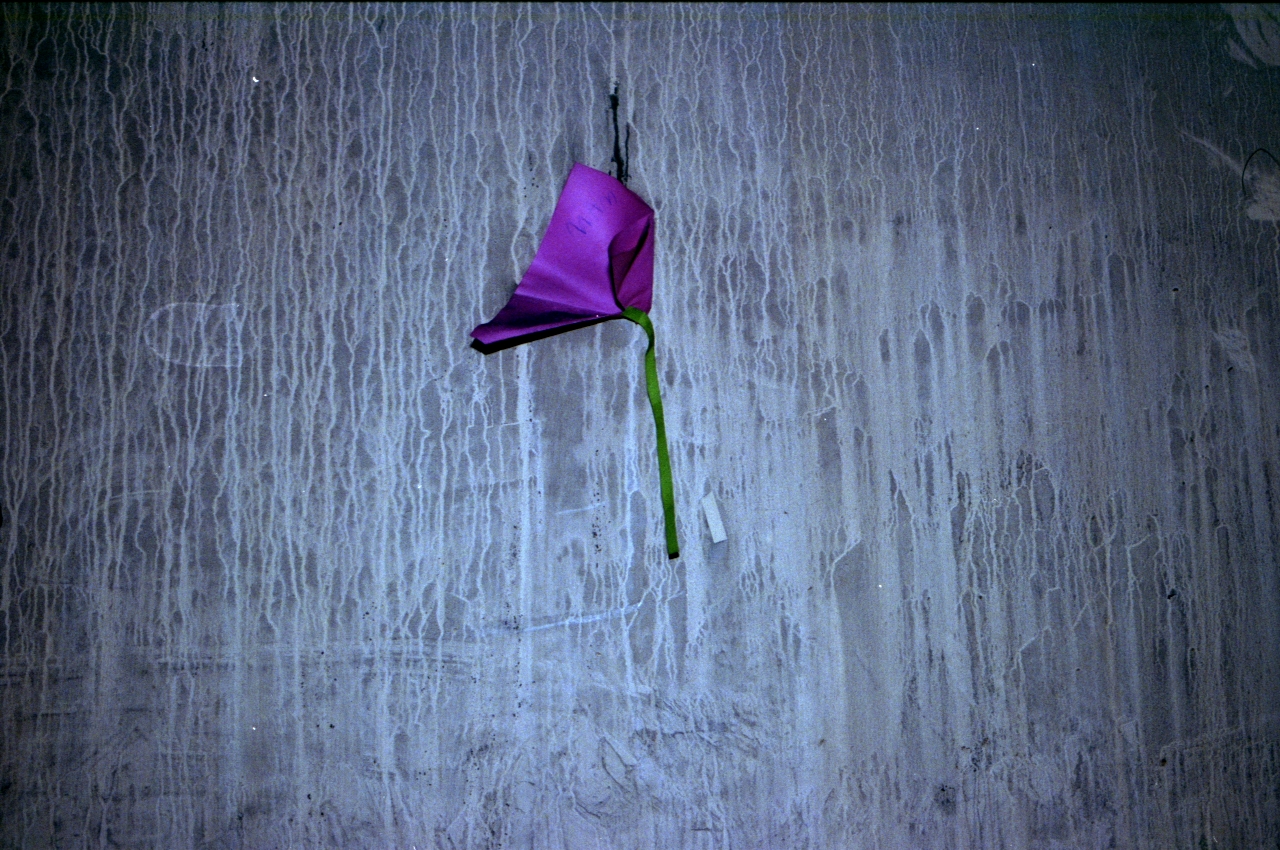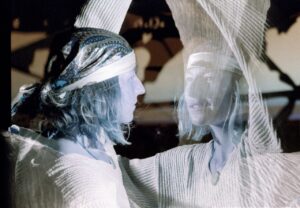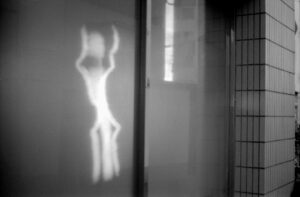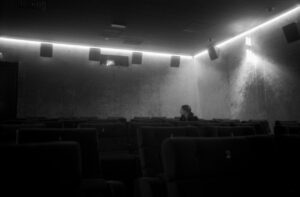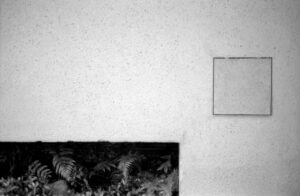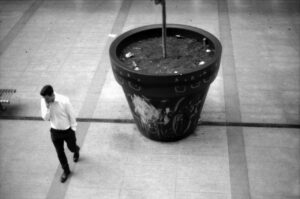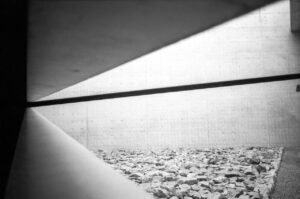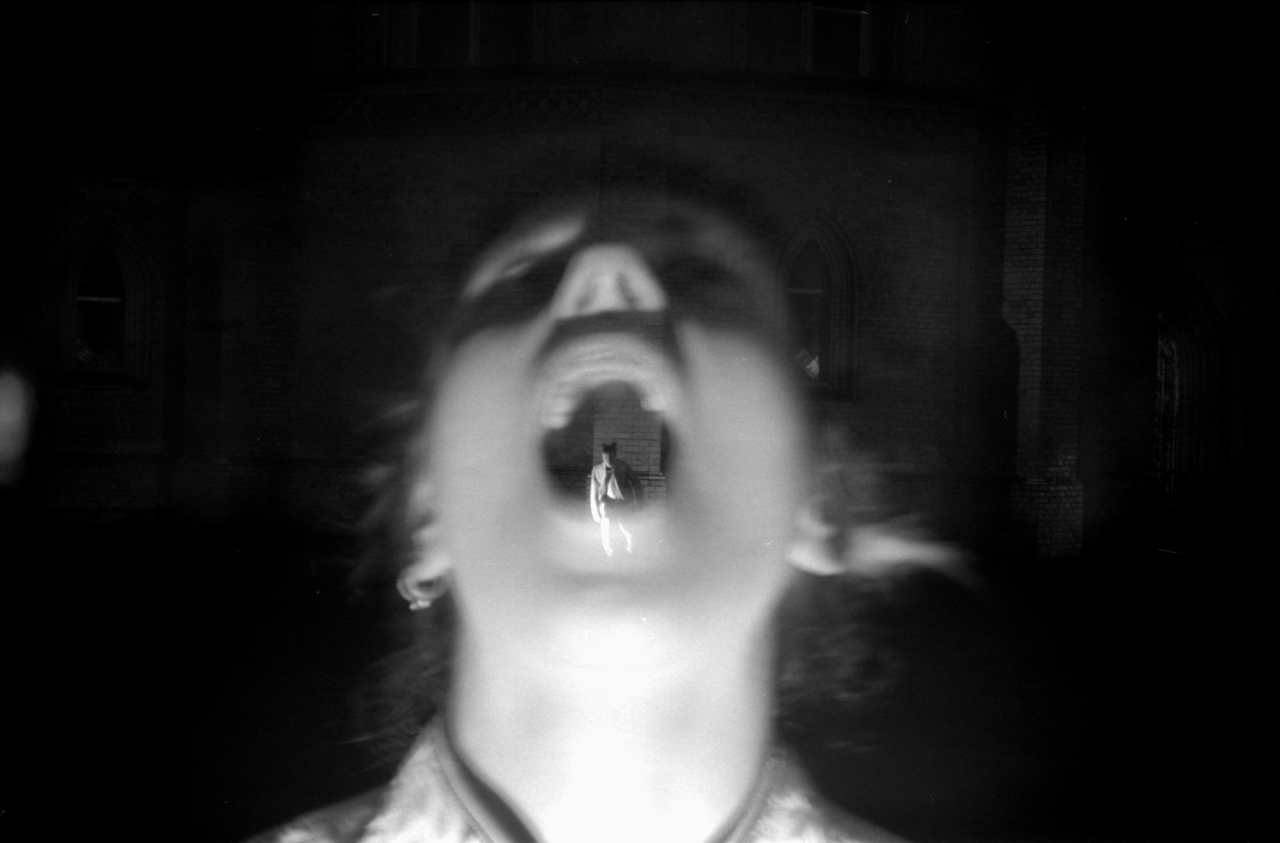Introduction
Trompe L’œil is almost a trademark term for the deceived eye and usually pertains to anamorphoses or unreal imagery. Here, its notion and name is adopted to become a card game like Dixit, but based on surrealist analog photography alone.
While the game itself is played like a dixit game is played, its compilation follows a set of rules between at least three analog photographers.
Image Collection
All photographers involved take turns, the order is decided on before the collection phase begins. Essentially, the collection phase is inline with the actual playing rules of the Dixit game, but focuses on collecting images rather than handling them to score points. The photographers whose turn it is will provide a phrase, recital, single word, hint, sound, pantomimical act or other sort of performance to the remaining photographers who all have a week to respond with a single image of their archive or shot especially. The images are all to be sent to the photographer who provided the contextual reference and are not to be divulged but saved secretly until the collection is complete. Rounds are played as many times until at least 64 images are collected.
At the end of the collection phase, all photographers sit together and revisit the provided prompts by those whose turned it was in that specific round. All photographers who had submitted in this round are then asked to vote for a single image they believe to definitely have been part of this round. If all photographers guess the same image, this image will be excluded from the game. If images end up being excluded they qualify to become the back cover of all the cards — this is again voted for by the participants. Should the number of resulting cards end up below 60, all photographers can again vote for as many exposures each as are needed to fill up the deck to at least 60. The choice of cover and/or background is to made again, if needed, by singular votes at the end.
This way, a variety of images is being collected that share specific notions among them but are clearly toned by the people who associate and submit them but always weary of not being too obvious since this could lead to exclusion, albeit, also the main image of the game.
During the collection phase, the simple rule is that any picture can be added to the deck that was or can be printed in the darkroom without any digital tools involved. A total of at least 60 images is required for the game to be played and all players involved devise their own set of rules regarding intervals, jokers and other kinds of handling.
Once all images are collected, single prints of identical size are to be made off of the negatives or combination of negatives to become the original raw deck of card templates. These are then scanned and batch prinetd digitally on glossy card board with embellished backs — just like a regular card deck.
Aesthetic rules for the selection of images are entirely in line with the purpose of a Dixit game.


